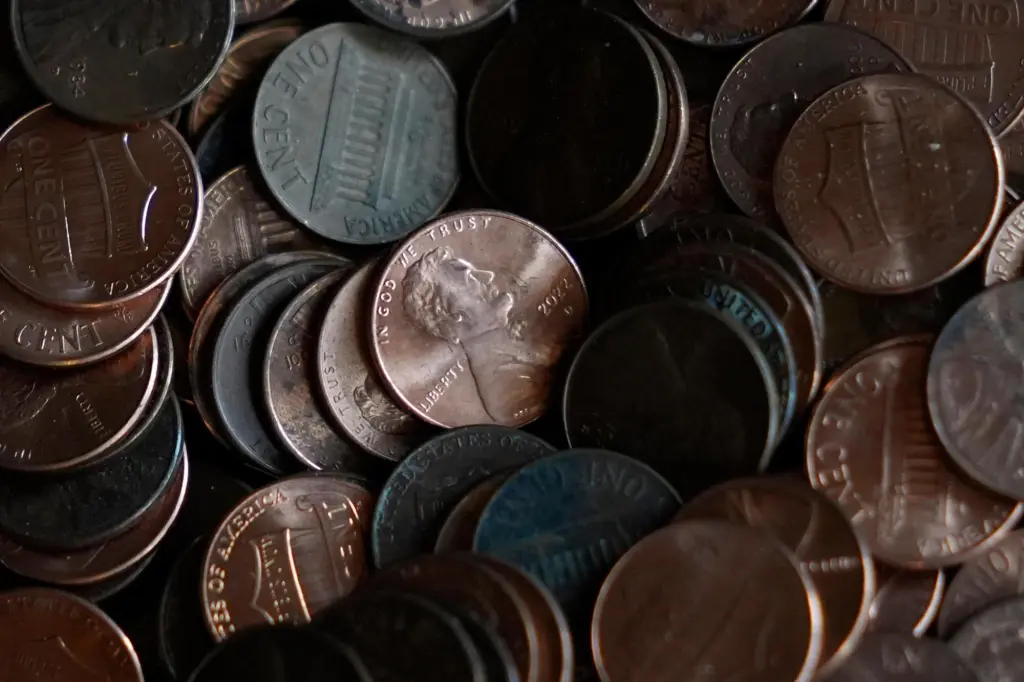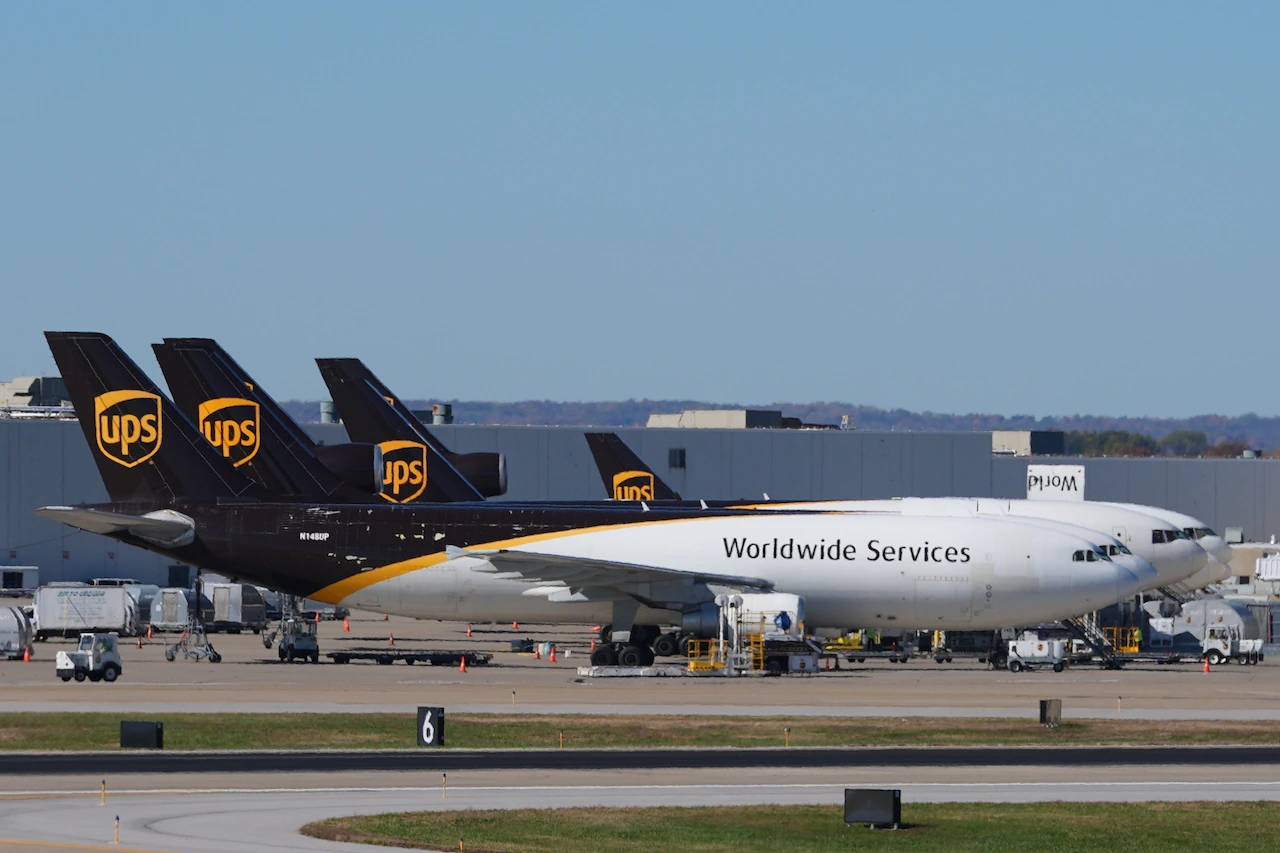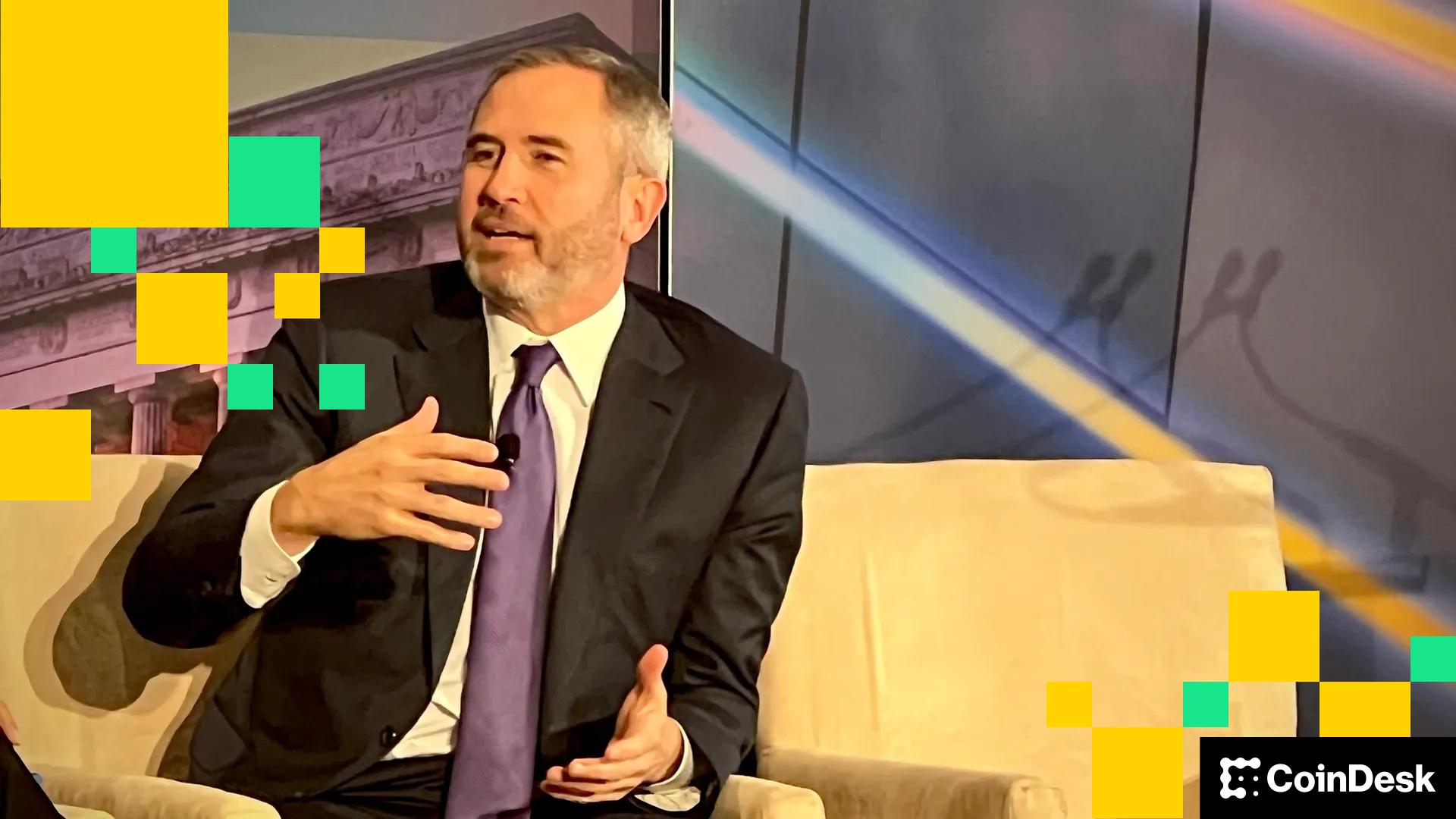Copyright St. Paul Pioneer Press

To place an obituary, please include the information from the obituary checklist below in an email to obits@pioneerpress.com. There is no option to place them through our website at this time. Feel free to contact our obituary desk at 651-228-5263 with any questions. General Information: Your full name, Address (City, State, Zip Code), Phone number, And an alternate phone number (if any) Obituary Specification: Name of Deceased, Obituary Text, A photo in a JPEG or PDF file is preferable, TIF and other files are accepted, we will contact you if there are any issues with the photo. Ad Run dates There is a discount for running more than one day, but this must be scheduled on the first run date to apply. If a photo is used, it must be used for both days for the discount to apply, contact us for more information. Policies: Verification of Death: In order to publish obituaries a name and phone number of funeral home/cremation society is required. We must contact the funeral home/cremation society handling the arrangements during their business hours to verify the death. If the body of the deceased has been donated to the University of Minnesota Anatomy Bequest Program, or a similar program, their phone number is required for verification. Please allow enough time to contact them especially during their limited weekend hours. A death certificate is also acceptable for this purpose but only one of these two options are necessary. Guestbook and Outside Websites: We are not allowed to reference other media sources with a guestbook or an obituary placed elsewhere when placing an obituary in print and online. We may place a website for a funeral home or a family email for contact instead; contact us with any questions regarding this matter. Obituary Process: Once your submission is completed, we will fax or email a proof for review prior to publication in the newspaper. This proof includes price and days the notice is scheduled to appear. Please review the proof carefully. We must be notified of errors or changes before the notice appears in the Pioneer Press based on each day’s deadlines. After publication, we will not be responsible for errors that may occur after final proofing. Online: Changes to an online obituary can be handled through the obituary desk. Call us with further questions. Payment Procedure: Pre-payment is required for all obituary notices prior to publication by the deadline specified below in our deadline schedule. Please call 651-228-5263 with your payment information after you have received the proof and approved its contents. Credit Card: Payment accepted by phone only due to PCI (Payment Card Industry) regulations EFT: Check by phone. Please provide your routing number and account number. Rates: The minimum charge is $162 for the first 12 lines. Every line after the first 12 is $12. If the ad is under 12 lines it will be charged the minimum rate of $162. Obituaries including more than 40 lines will receive a 7.5% discount per line. On a second run date, receive a 20% discount off both the first and second placement. Place three obituaries and the third placement will be free of charge. Each photo published is $125 per day. For example: 2 photos in the paper on 2 days would be 4 photo charges at $500. Deadlines: Please follow deadline times to ensure your obituary is published on the day requested. Hours Deadline (no exceptions) Ad Photos MEMORIAM (NON-OBITUARY) REQUEST Unlike an obituary, Memoriam submissions are remembrances of a loved one who has passed. The rates for a memoriam differ from obituaries. Please call or email us for more memoriam information Please call 651-228-5280 for more information. HOURS: Monday – Friday 8:00AM – 5:00PM (CLOSED WEEKENDS and HOLIDAYS) Please submit your memoriam ad to memoriams@pioneerpress.com or call 651-228-5280. PHILADELPHIA (AP) — Back in 1793, a penny could get you a biscuit, a candle or a piece of candy. These days, many sit in drawers or glass jars and are basically cast aside or collected as lucky keepsakes. But their luck is about to run out. The U.S. Mint in Philadelphia is set to strike its last circulating penny on Wednesday as the president has canceled the 1-cent coin as the cost of making them became more than their value. President Donald Trump has ordered its demise as costs climb to nearly 4 cents per penny and the 1-cent valuation becomes somewhat obsolete. The U.S. Mint has been making pennies in Philadelphia, the nation’s birthplace, since 1793, a year after Congress passed the Coinage Act. Today, there are billions of them in circulation, but they are rarely essential for financial transactions in the modern economy or the digital age. “For far too long the United States has minted pennies which literally cost us more than 2 cents,” Trump wrote in an online post in February, as costs continued to climb. “This is so wasteful!” Still, many people have a nostalgia for them, seeing them as lucky or fun to collect. And some retailers have voiced concerns in recent weeks as supplies ran low and the last production neared. They said the phase-out was abrupt and came with no guidance from the federal government on how to handle customer transactions. Some rounded prices down to avoid shortchanging people, others pleaded with customers to bring exact change and the more creative among them gave out prizes, such as a free drink, in exchange for a pile of pennies. “We have been advocating abolition of the penny for 30 years. But this is not the way we wanted it to go,” Jeff Lenard of the National Association of Convenience Stores said last month. Some banks, meanwhile, began rationing supplies, a somewhat paradoxical result of the effort to address what many see as a glut of the coins. Over the last century, about half of the coins made at U.S. Mints in Philadelphia and Denver have been pennies. U.S. Treasury Secretary Scott Bessent and Treasurer Brandon Beach were expected to be in Philadelphia on Wednesday afternoon for the final production run. The Treasury Department expects to save $56 million per year on materials by ceasing to make them. But they still have a better production-cost-to-value ratio than the nickel, which costs nearly 14 cents to make. The diminutive dime, by comparison, costs less than 6 cents to produce and the quarter nearly 15 cents.



